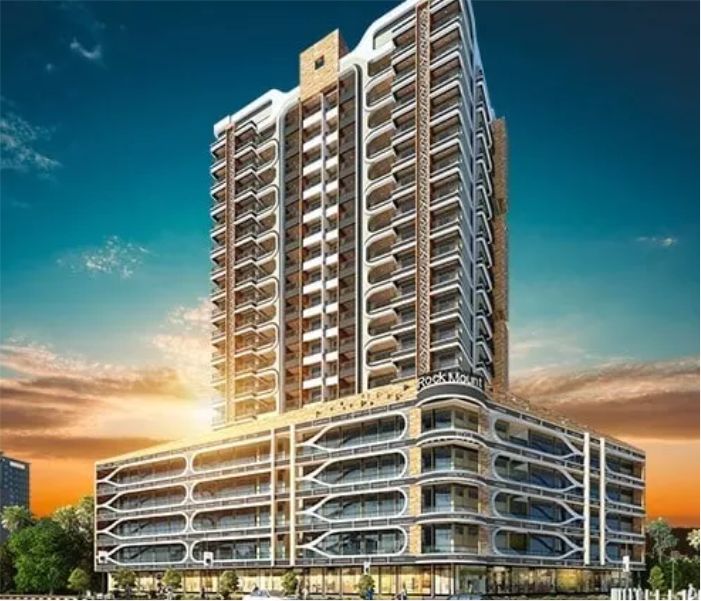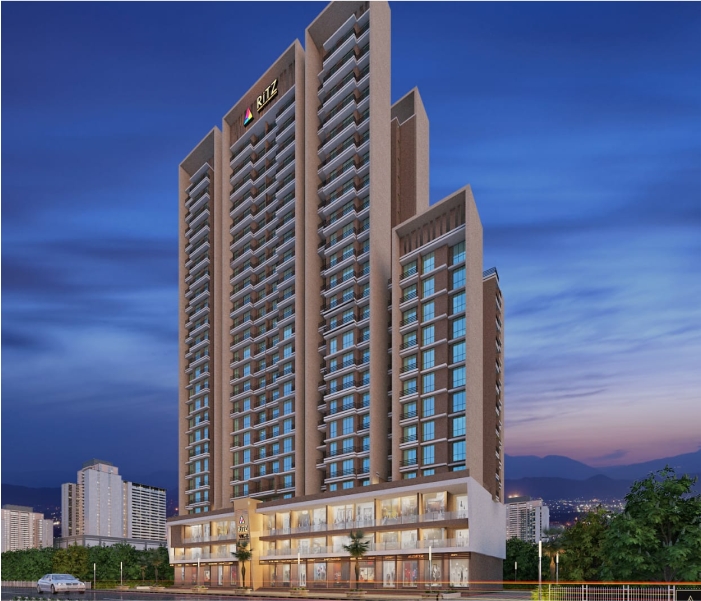
Delhi Mumbai Expressway: A Game-Changer for India’s Infrastructure
India is witnessing a massive transformation in its road infrastructure, with the ambitious BharatmalaPariyojana programme that aims to develop a network of economic corridors, inter corridors, feeder routes, border roads, coastal roads and greenfield expressways across the country. One of the flagship projects under this programme is the Delhi Mumbai Expressway, a 1,350 km long, 8-lane, access-controlled expressway that will connect the two major economic hubs of the country.
The Delhi Mumbai Expressway is expected to be the longest expressway in India, and will reduce the travel time between Delhi and Mumbai from 24 hours to 12 hours. It will also reduce the distance by about 150 km, and save about 32% of fuel consumption. The expressway will pass through five states: Haryana, Rajasthan, Madhya Pradesh, Gujarat and Maharashtra, and will provide connectivity to several important cities, industrial clusters, ports, airports and tourist destinations along the way. The expressway will also spur the development of new industrial townships and smart cities along its route, and create employment opportunities for the local population.
The expressway has been divided into four sections, with a total of 52 packages. The first section is from DND in Delhi to Sohna in Haryana, covering 59 km. The second section is from Sohna to Vadodara in Gujarat, covering 844 km. The third section is from Vadodara to Virar in Maharashtra, covering 354 km. The fourth section is from Virar to JNPT in Mumbai, covering 92 km. The expressway will also have several spurs to connect to Jaipur, Ujjain, Noida’s Jewar International Airport and other places of importance.
The construction of the expressway started in March 2019, and is being executed by the National Highways Authority of India (NHAI) under the engineering, procurement and construction (EPC) and hybrid annuity model (HAM) modes. The expressway has been designed with a speed limit of 120 kmph, and provision to expand to 12 lanes in the future. The expressway will also have 92 wayside amenities on either side, at an interval of roughly 50 km, to provide facilities such as fuel stations, food courts, rest rooms, parking, etc. The expressway will also have advanced features such as intelligent traffic management system, electronic toll collection system, CCTV surveillance, solar lighting, etc.
The expressway Is expected to be completed by December 2024, with a total estimated cost of Rs 1 lakh crore. However, some sections of the expressway have already been completed and opened for public use. The most notable one is the Sohna-Dausa section, which was inaugurated by Prime Minister Narendra Modi on February 12, 2023. This section covers 162 km, and is the first greenfield expressway in the country to be built with cement concrete pavement. It also has several engineering marvels, such as the world’s longest elevated road over a rail and road crossing, the world’s first 8-lane tunnel under the Aravalli hills, and the country’s first wildlife underpass.
The Delhi Mumbai Expressway is a game-changer for India’s infrastructure, as it will not only enhance the connectivity and mobility between the two mega cities, but also boost the economic growth, social development and environmental sustainability of the regions along its route. It is a testament to the vision and commitment of the government to build a new India, with world-class infrastructure and facilities for its citizens.



Recent comments(0)